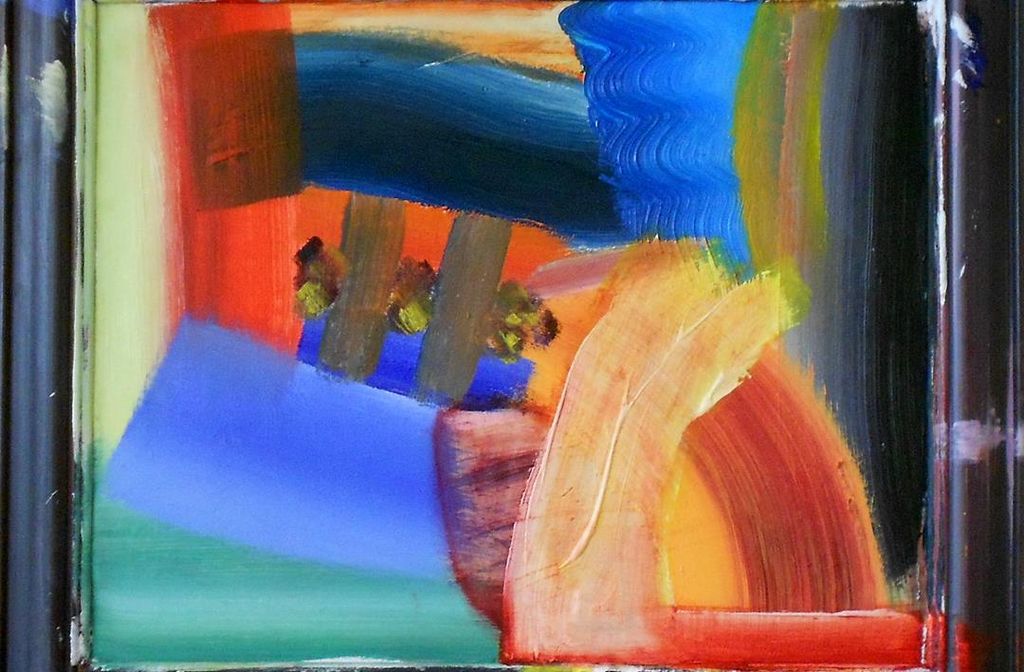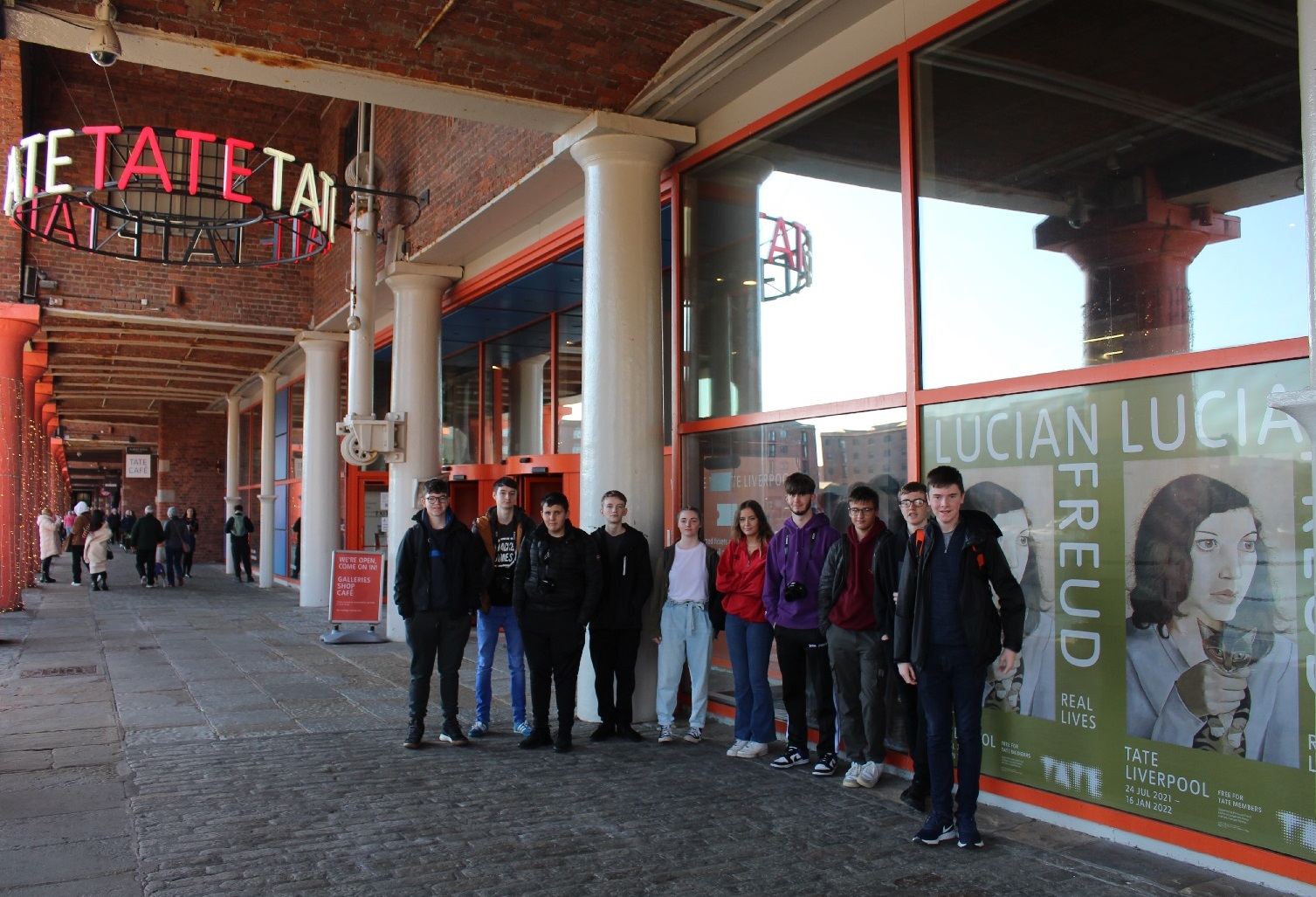Art and Photography
View examples of pupils' work here.
The Art and Photography Department at LRGS cultivates in students an informed and intelligent use of artistic language through experimentation and critical investigation. The department is a vibrant and exciting place where pupils are continually challenged and stimulated to create a wide variety of artistic work.

Pupils of all ages enjoy discussing the concepts, issues and meanings surrounding Art and thus produce well-informed practical art. In later years, students are expected to take more responsibility for the content and overall ‘shape’ of their artistic studies. At A-level, for instance, students determine the specific foci of their practical and written work, continually discussing their discoveries and ideas with their art teachers.
Pupils will normally achieve very high standards by the end of Key Stage 3 and many continue with their art studies to GCSE and A-level. At all stages, pupils create a wide variety of accomplished and individual work through continual engagement with a wide range of materials, techniques and processes.
Students also benefit from the rich cross-curricular and extra-curricular links which encourage students to work in collaboration with other departments, galleries and institutions.
Art and Photography - Staff Overview
There are three art teachers, teaching in the department’s three rooms.
Mr Bagnold is the Head of Department and teaches across all seven year groups; he teaches fine art in all years (except Year 9) and photography in Year 9 and at A-level. He is a practising painter, photographer and an art historian with a special interest in the work of Kurt Schwitters. He graduated from Lancaster University with a BA (Hons) in Visual Arts and he also completed a Masters’ Degree in History of Art with the Open University.
Mr Hallsworth is one of the school’s deputy headmasters, but also teaches GCSE and A-level photography and A-level fine art. After graduating from Lancaster University with a BA (Hons) in Fine Art, Practice & Theory, he studied at the University of Central Lancashire, achieving a Masters’ Degree in Fine Art. His enthusiasm for painting is quelled only by a desire to be a better football player. He enjoys work from the Romantic tradition, and especially that of Nash and Palmer.
Miss Cowlishaw works four days a week in the Art Department and teaches art across all three year groups in KS3. She read for her degree in textiles at Manchester Metropolitan University.
Email Art and Photography Department staff
Art and Photography - 11+
11+ Curriculum
All boys in Year 7 and 8 study Art & Design which follows the National Curriculum. This involves working within a number of artistic disciplines including drawing, painting, graphics and sculpture. In addition pupils are introduced to a number of broad artistic traditions.
In Year 7, pupils work predominantly within modernist idioms, producing self portrait work, landscape imagery, and clay gargoyle/chessmen sculptures. Pupils progress in Year 8, producing three-dimensional work investigating architectural form and function. Year 8 pupils also study traditions in graphics and produce illustrational work in relation to literary extracts; in addition, they also learn about the mixed-media approach developed by Kurt Schwitters.
The art curriculum at LRGS nurtures skills in creative thinking, problems solving and critical reasoning which pupils benefit from across the school.
11+ Extra-curricular Projects
The boys have the opportunity to take part in a range of extra-curricular activities and projects. Lower school boys in particular take advantage of ‘Art Club’ which runs at lunchtime.
11+ FAQs
Can I work on my own artwork outside lessons?
Yes. There are many boys who use the Art Department at lunchtime and after school.
Art and Photography -13+
13+ Curriculum
Boys in Year 9 study fine art for approximately ten weeks with Miss Cowlishaw: this is an introduction to the GCSE fine art course. Year 9 pupils also follow a ten-week photography scheme with Mr Bagnold, which forms an introduction to the GCSE course.
13+ Extra-curricular Projects
Year 9 and 10 boys in particular take a leading role in extra-curricular projects run in the Art Department. Many can be seen directing and helping younger students. GCSE pupils make use of the department many times at lunch and after school each week to continue working on coursework and they quickly become strong role models for the younger boys who see their dedication and commitment to their studies.
13+ FAQs
Which GCSE exam board do you follow?
Students at GCSE study the the OCR specifications for Fine Art or Photography.
Can I work on my own artwork outside lessons?
Yes. There are many boys who use the Art Department at lunchtime and after school.
Will I be able to use computers?
Yes, there are many projects where you will have the opportunity to use Adobe Photoshop and other image manipulation software in the computer room next door to the Art rooms.
Art and Photography - Sixth Form

Students recently visited Liverpool on a school trip
Sixth Form Curriculum
The Art Department at LRGS follows the AQA specifications for Fine Art and Photography. Students at A-level enjoy being challenged to find a more meaningful context to their work. Work typically becomes more accomplished and conceptually rigorous. U6th students are required to produce a 3,000 essay on an aspect of the visual arts. Examples of A-level work may be seen in the on-line gallery.
The A-level course information sheets for Fine Art and Photography are available below.
Sixth Form students visit galleries in London and Edinburgh. Departmental trips to galleries in Liverpool, Yorkshire and Cumbria have also taken place in recent years.
Sixth Form FAQs
Can I take both Photography and Fine Art at A-level?
It is not possible to take two separate A-levels, one in Art and another in Photography. However, the Fine Art A-level can include a rigorous photographic element for those students who wish to practise in both fields.
Do I need to have studied Art or Photography at GCSE in order to do A-level?
Yes. Much is learnt on the GCSE course about the meanings and contexts of Art and Photography as well as practical techniques. Without this background, students would soon find themselves out of depth at A-level.
A-level artists must have taken art for GCSE; A-level photographers must have taken the photography GCSE course. A minimum grade 6 at GCSE is required for further study in either field.
